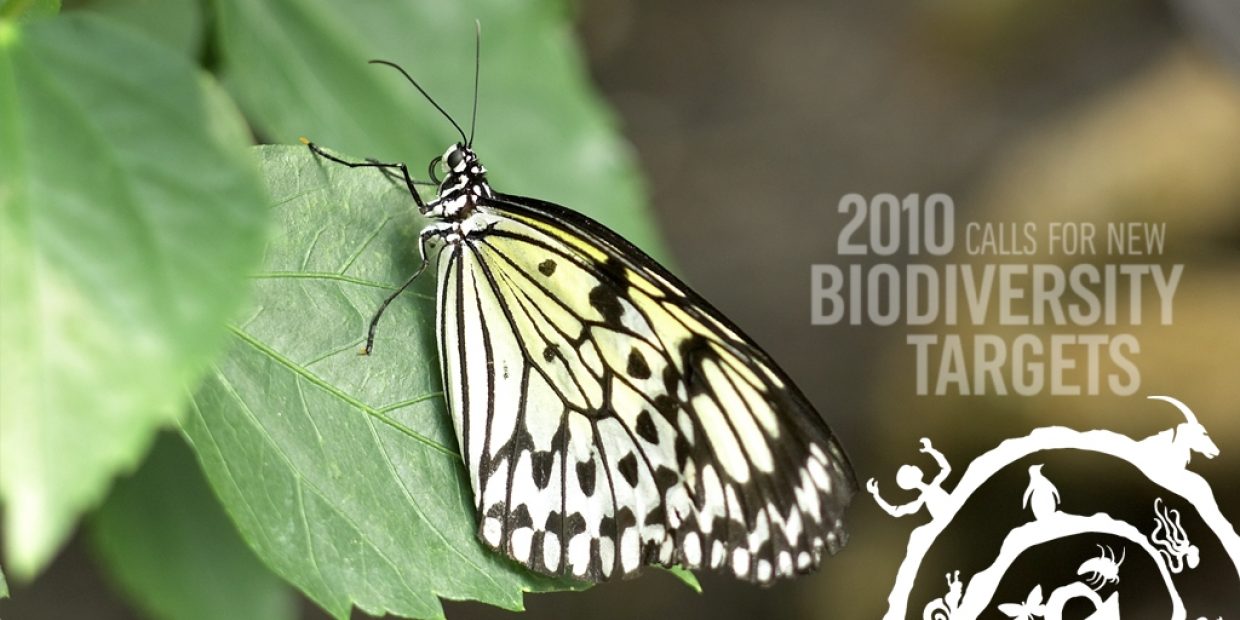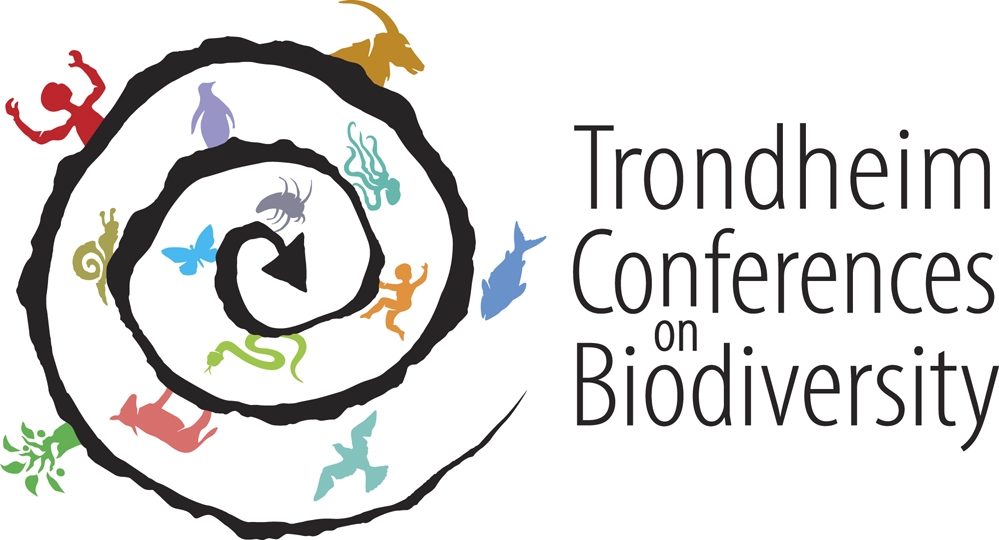Contributing to CBD negotiations
Since 1993 the Trondheim conference has provided an opportunity for policy makers, managers and scientists to have an open and constructive dialogue and to provide a transparent and scientifically sound basis for key issues being discussed under the CBD.
The Trondheim Conferences are a result of collaboration between the Secretariat of the UN Convention on Biological Diversity (CBD), the United Nations Environment Program (UNEP) and the Norwegian government and are held every 3-4 years.
The Trondheim Conferences provide a forum where participants exchange, scientific views on issues of relevance to CBD, using a neutral platform that does not need consensus on issues. The conferences create a transparent, positive and constructive atmosphere where participants exchange views freely and make recommendations based on the best possible scientific data and information. Earlier conferences have contributed constructively to negotiations under the CBD and other fora, and have also provided important capacity building and networking opportunities for participants.
The Trondheim Conferences have proven to provide useful input to the CBD by focusing on the multidimensional nature of the implementation of the convention, by seeking to establish the best possible scientific basis for this implementation, and by taking into account that biodiversity issues constitute a foundation for sustainable development. The conferences also focus on creating a transparent, positive and constructive atmosphere.
Topics and issues for the first eight Trondheim Conferences
The first Trondheim Conference on Biodiversity in 1993 provided input to the first Intergovernmental Committee meeting of the signatories to the CBD later that year.
The second Conference in 1996 focused on problems related to alien invasive species, and provided input to the SBSTTA meeting in 1996 and to the development of the Global Invasive Species Program (GISP).
In 1999, the third Conference discussed the ecosystem approach for sustainable use of biological diversity, and provided input to SBSTTA and to the later adoption of the Principles for Ecosystem Approach at COP-6 in 2002.
The fourth conference in 2003 focused on technology transfer and capacity building, and provided input to the SBSTTA meeting in November 2003 and to UNEP and its intergovernmental strategic plan for technology support and capacity building to developing countries. In 1997 a workshop was held on biodiversity in freshwater, providing scientific input to the SBSTTA meeting in 1997.
The fifth conference in 2007 focused on why biodiversity is important for fighting poverty and for sustainable development and on difficult trade-offs in this regard. This broad approach was chosen since key strategic issues to be discussed at the Conference of the Parties in May 2008 was progress in the implementation of the Strategic Plan for the CBD and follow-up on progress towards the 2010 target of significantly reducing the rate of biodiversity loss and relevant Millennium Development Goals (MDG).
The sixth Trondheim Conference in 2010 focused on "getting the biodiversity targets right - working for sustainable development". The conference considered status and lessons learnt from the 2010 biodiversity targets with a view to future targets and ways to make them specific, measurable, ambitious, realistic and time-bound, while highlighting the needs for targets to show that biodiversity is critical for environmental as well as economic and social aspects of sustainable development.
The seventh Trondheim Conference in 2013 focused on the means for addressing the first goal of Strategic Plan for Biodiversity 2011-2020, recognising the importance of mainstreaming biodiversity considerations across government and society. Some 330 participants from around 120 countries, deliberately chosen from both the biodiversity and economic planning sectors, considered the ways in which biodiversity contributes to a sustainable society, and the ways in which a careful alignment and mix of policies, incentives and business strategies can help deliver development pathways that lead to a more sustainable society.
The eighth Trondheim Conference in 2016 looked at food systems for a sustainable future and interlinkages between biodiversity and agriculture. Agriculture is strongly connected to achieving the Aichi targets and the Sustainable Development Goals, and participants looked at interrelationships between agriculture for food (with a special focus on crops and livestock) and biodiversity, and at identifying approaches for the achievement of mutually beneficial and sustainable outcomes.

Chairman's/Co-chairs' Reports
These documents contain the reports of the Conference Chairman (1993-2007) or Co-chairs (from 2010), containing conclusions and recommendations from the presentations and discussions at the Conferences.
Reports and summaries from the eighth Trondheim Conference (2016)
- Report of the Co-chairs (pdf in English)
- Rapport des co-présidents (pdf in French)
- Informe de los copresidentes (pdf in Spanish)
- Summary findings from the Report of the Co-Chairs (pdf)
-
Summary presentation (pptx)
Reports and summaries from the first to seventh Trondheim Conferences (1993-2013)
- Trondheim Conference on Biodiversity VII - May 27-31 2013 - Ecology and Economy for a Sustainable Society (pdf)
- Trondheim Conference on Biodiversity Feb. 1-5, 2010 - 2010 Calls for New Biodiversity Targets (pdf)
- The Norway/UN Conference on Ecosystems and people - Biodiversity for development - The road to 2010 and beyond. October 29 - November 2, 2007, Trondheim, Norway (pdf)
- Norway/UN Conference on Technology Transfer and Capacity Building - June 2003 - Chairman's Report (pdf)
- Norway/UN Conference on the Ecosystem Approach for Sustainable Use of Biodiversity - September 1999 - Chairman's Report (pdf)
- Norway/UN Conference on Alien Species - July 1996 - Chairman's Report (pdf)
- Norway/UNEP Expert Conference on Biodiversity – May 1993 - Chairman's Report (pdf)
Themes and presentations from the eighth Conference in 2016
The eighth Conference in 2016 looked at food systems for a sustainable future and interlinkages between biodiversity and agriculture.
In 2010, governments adopted the 20 Aichi Biodiversity Targets as part of the Strategic Plan for Biodiversity 2011-2020 and progress and actions in addressing these targets will be reviewed at CBD COP13. However, five years after their adoption, it was widely recognised that further efforts are needed in order to achieve these targets and to reverse the effects of biodiversity loss. Fully understanding the drivers behind such loss, and ways to reverse them, are of fundamental importance in addressing this.
The Aichi Biodiversity Targets are also highly relevant for the achievement of the Sustainable Development Goals (SDGs) adopted by governments in September 2015 as part of the 2030 Agenda for Sustainable Development. The SDGs address the complex challenges we face in our interconnected world, and are a call to action that will shape the next 15 years of policies, programmes and funding. They are equally relevant to all countries, and across all sectors. Agriculture is strongly connected to achieving the goals. Investing in the agricultural sector can address not only hunger and malnutrition, but also other challenges related to poverty, loss of biodiversity, water and energy use, climate change, and unsustainable production and consumption patterns.
The Eighth Trondheim Conference therefore aimed at bringing together decision-makers and experts from governments, private sector, academia, UN agencies and other non-governmental organisations from around the globe to discuss interrelationships between agriculture for food (with a special focus on crops and livestock) and biodiversity, and to identify approaches for the achievement of mutually beneficial and sustainable outcomes. It was intended that the deliberations and report of the Conference would amongst other things provide inputs to the high-level segment of the Conference of the Parties to the Convention on Biological Diversity held in Mexico in December 2016 (CBD COP13).
A significant determining factor for the future status of terrestrial, coastal and freshwater biodiversity is the agricultural sector. This sector faces significant challenges in meeting the needs for increased quantity and quality of food for a growing world population, and is at the same time trying to address other dimensions of sustainability, including environmental impact. Biodiversity and ecosystem services are a critical foundation for food production, and the agricultural and food sector is also an important provider of ecosystem services and contributor to human well-being.
Better integration of biodiversity and agriculture in policies and actions will help provide solutions for the challenges we will face between now and 2030. Efforts to meet an increasing demand for food while conserving biodiversity can be mutually supportive, with tools and approaches that can help in advancing both agendas. Building on the outcomes of the Seventh Trondheim Conference on Biodiversity "Ecology and Economy for a Sustainable Society", the Eighth Conference explored the role of agriculture and food systems in building a sustainable future, and how biodiversity and agricultural policies can be mutually supportive to address shared challenges and to provide shared solutions.
The eighth Trondheim Conference was divided into a series of thematic sessions, which alternate between plenary speeches, panel sessions and breakouts groups with roundtable discussions. The program can be downloaded here.
The aim of the short Information document for the eighth Trondheim Conference was to enable participants to prepare in advance of the Conference so that they can usefully engage in the discussions. The document provides a brief explanation of the topics/issues that will be discussed at the Conference. It also provides summaries of useful references for further reading, including resources or publications that are directly linked to the presentations under each session, and examples of key sources referred to in the recommendation related to mainstreaming adopted at the first session of CBD Subsidiary Body of Implementation. This Information document did not aim to be a definitive text, but a resource to support discussions during the conference.
Here you can find the program and the information document from the conference, as well as the presentations that were held.
The presentations from the eighth Trondheim Conference on Biodiversity and the summaries/abstracts that have been released for sharing by the speakers, can be downloaded in pdf format below.
Presentations and summaries 2016 from the eighth conference in 2016
